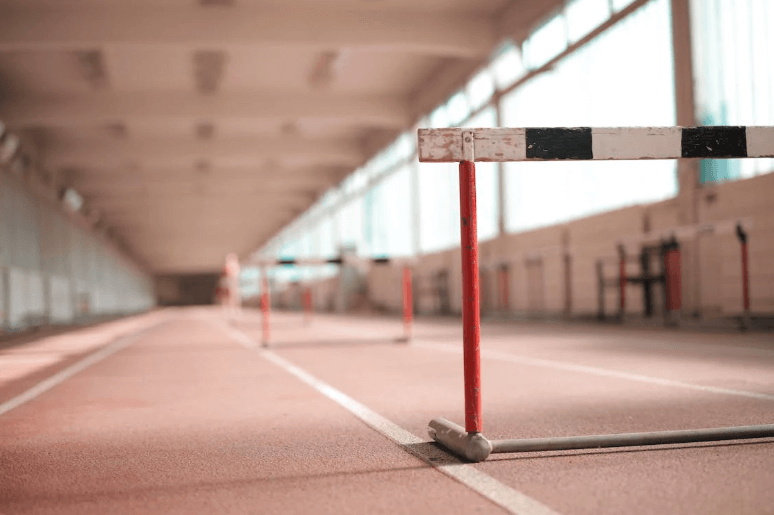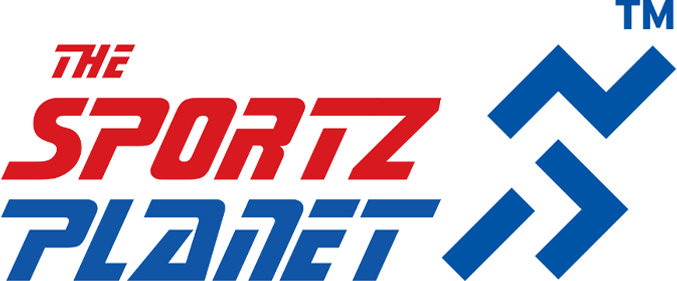Last week, India’s T20 skipper Suryakumar Yadav shared a post on Instagram with a picture on him admitted in a hospital in Germany. The post stated:
” Update: Underwent surgery for a sports hernia in the lower right abdomen. Grateful to share that after a smooth surgery, I’m already on the road to recover. Can’t wait to be back”.
“Sports Hernia”, is a a term unfamiliar to many but quite common in the elite sporting world. For the Indian T20 star it is a a setback. SKY’s diehard fans are concerned about his health. As Suryakumar recovers, this is an opportunity to highlight a condition which is often overlooked and frequently misunderstood.
What exactly is a Sports Hernia? (Doctor’s Perspective)
As a Sports Medicine Doctor, I often clarify that sports hernia is not a typical hernia. There is no visible bulge. There is a tear or strain in the lower abdominal muscle and fascia commonly affecting the obliques and conjoint tendon. Muscle imbalances between the adductors and lower abdominal musculature is the culprit. A strong pull of the adductors particularly against a fixed lower extremity, in the presence relatively underconditioned abdominal muscles creates a sheering force over one half of the pelvis. This can cause strain, attenuation or tear of the fascia and overlying muscle of the lower abdomen. Sometimes these tears can cause a bulge in the posterior abdominal wall causing an occult hernia and stretching of the nerves passing in that area. Hence, these injuries can be very painful.
Who are at risk of developing Sports Hernia?
Sports involving sudden change of direction, explosive twisting movements or powerful hip motions – like cricket, football, hockey and tennis.
Why are athletes like Suryakumar Yadav at risk of this injury?
Cricketers, especially batters rotate their torso aggressively while playing shots, sprint between wickets with sudden change of direction and spend long hours in dynamic motion. Adding to this, the volume of modern day play in T20 formats is a recipe for repetitive overload. For someone like Suryakumar Yadav, who is known for his “3600 shots” where he makes use of his rotational core power, his core is under near constant high stress, it makes him susceptible for sports hernia.
Also Read: The Road Back: What Athletes Should Do While Returning From Long-Term Injury
Signs that something is wrong?
So what could be the symptoms that an athlete has suffered from sports hernia?
Athletes usually complain of pain in the lower abdomen and groin area. Sometimes the pain maybe vague and hard to localise. Athletes may report:
Deep groin pain that worsens with effort
Discomfort during coughing or sneezing
Relief at rest, but return of pain during acceleration, twisting, or cutting movements
No visible hernia bulge
What are the next steps?
Establishing the right diagnosis is the key. Identifying sports hernia can be challenging. A typical groin pain can have various causes. Pinpointing the right structure causing the issue is key to successful outcomes. Imaging modalities like dynamic ultrasound and high resolution MRI help confirm the diagnosis. Typically, these assessments should be done by doctors having the required expertise. Delay in diagnosis can lead to months of underperformance and mental frustration.
When is Surgery Required?
In most early cases, rehabilitation focusing on core and hip stability. Strengthening, in accordance to sports specific needs and stressors may help athlete return to sport. But, in cases where symptoms are persistent despite rehabilitation and conservative management, surgical repair becomes necessary. This usually involves reinforcing the torn tissue and anchoring it to surrounding structures. In elite sport where performance is paramount, timelines and decisions should be driven by careful evaluation of risk-to benefit ratios
The Broader Message: Why This Matters for All Athletes
Suryakumar’s case shines a light on the “invisible injuries” athletes often play through. Sports hernia doesn’t shout for attention. It whispers—and is often misdiagnosed as groin strain or hip tightness. But left untreated, it can derail careers.
Take chronic groin or lower abdominal pain seriously
Seek evaluation early
Avoid pushing through pain without a diagnosis
Embrace core training, mobility work, and tissue recovery as injury prevention tools
Suryakumar Yadav’s return from sports hernia surgery will be watched closely—not just by fans, but by sports medicine professionals as well. His case serves as a lesson in timely diagnosis, transparent medical care, and the resilience required in elite sport. And perhaps most importantly, it opens the door for better awareness of one of the most misunderstood injuries in the field of sport.
Written By: Dr. Khyati Vakharia
Edited By: Prakhar Sachdeo
About Dr. Khyati: Dr. Khyati is a Medical Doctor working as a Sports Medicine Specialist at Sports Injury Center, Vardhman Mahavir Medical College & Safdarjung Hospital. She is the Team Doctor Indian Athletics Team. She is a former international athlete and a seven-time Indian National Pole Vault champion.







